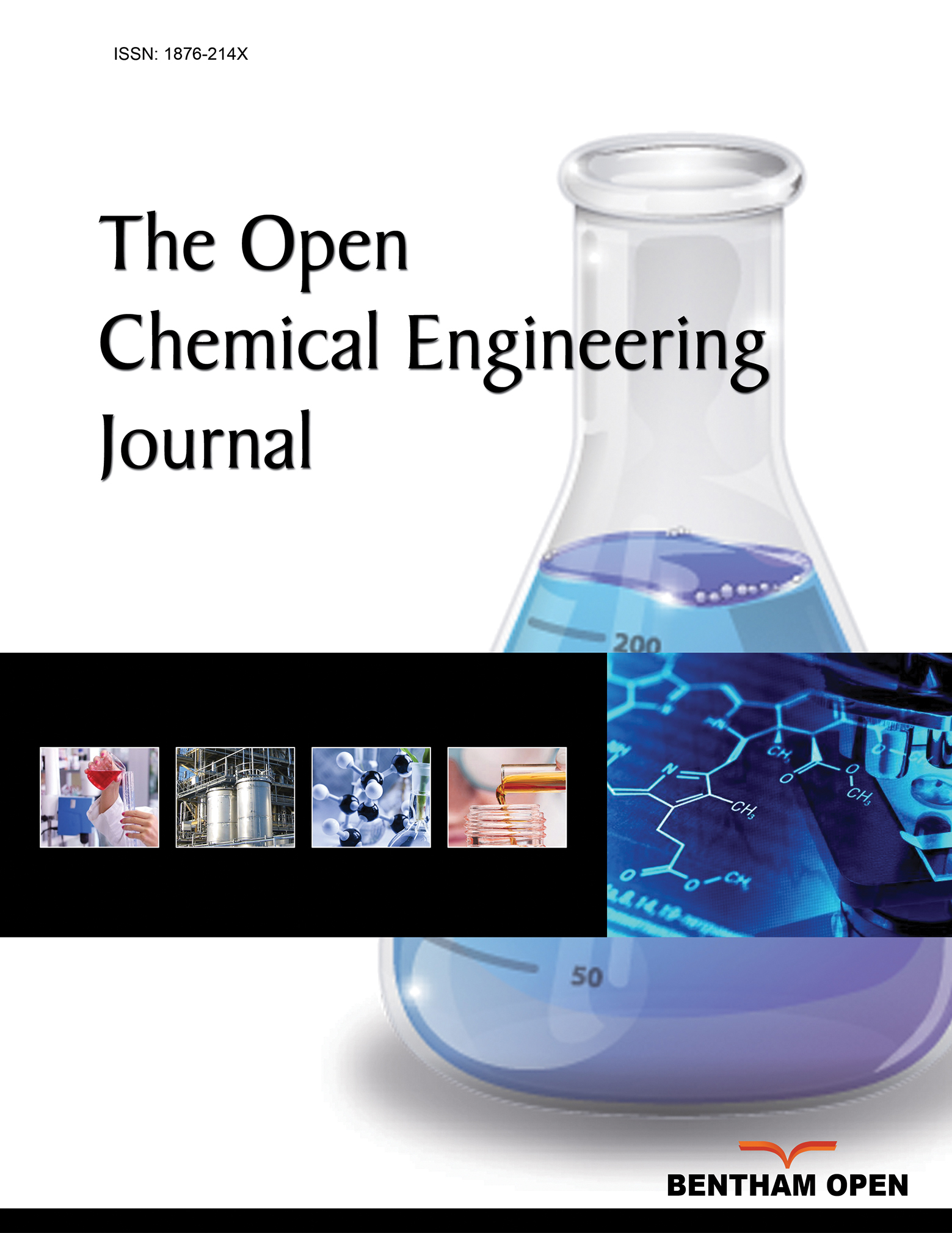All published articles of this journal are available on ScienceDirect.
Enzymatic Production of Bio-Diesel from Waste Cooking Oil Using Lipase
Abstract
The applications of lipase immobilized on ceramic beads and entrapped in sol-gel matrix, in the production of bio-diesel from waste cooking oil, are compared to that of free lipase. Experimental determination of the effect of molar equivalent of methanol, to moles of ester bond in the triglyceride, on the rate of the enzymatic trans-esterification was experimentally determined. It was found that for the same weight of lipase used, the production of bio-diesel was much higher using lipase immobilized on ceramic beads in comparison to that using lipase entrapped in sol-gel and in free form. Substrates inhibition effect was observed in all cases, which agrees with previous results found in literature. The optimum methanol:oil molar ratio was found to be 0.87 for immobilized lipase from yeast source, C. antartica and 1.00 for free lipase from the same yeast source and immobilized lipase from bacterial source, P. cepacia. On the other hand, it was shown that biodieasel can be produced in considerable amounts, with yield reaching 40%, in absence of organic solvent using immobilized lipase, from P. cepacia, on ceramic beads. The results of this study can be used to determine the kinetics parameters of mathematical models which describe the system.


